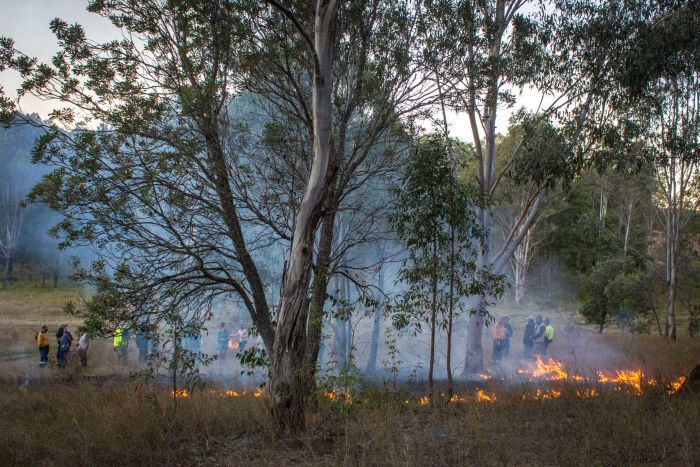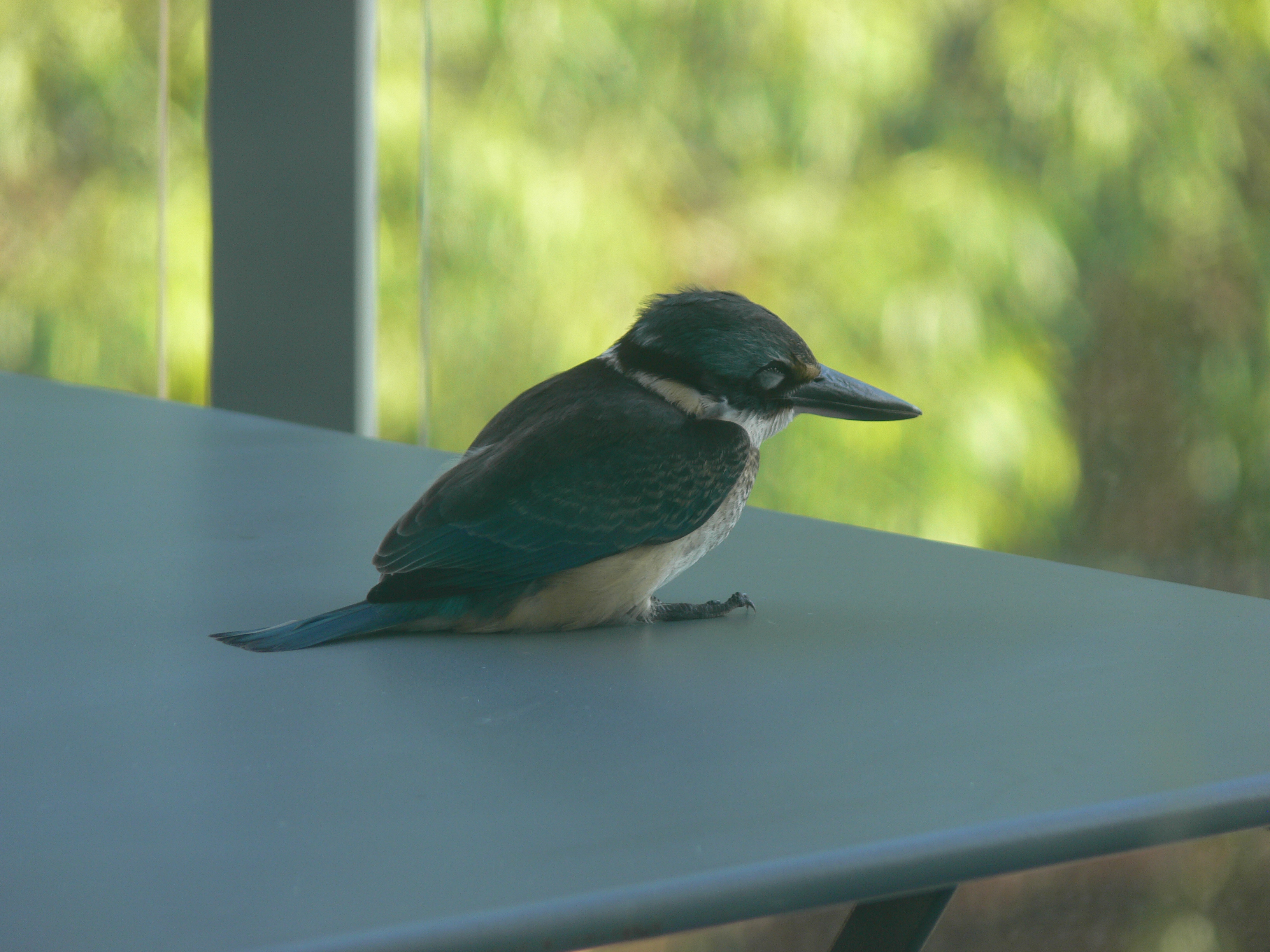In 1989, in my last year of school, I was a volunteer with the NSW State Emergency Services. We had spent a lot of time training for rescues, searches and emergency structural supports, but none for fighting fires, so when bushfires reached Sydney, we left the dangerous work to the real heroes, but we picked… Continue reading Cultural Burning
Category: Australasia
WIRES Wildlife Support
A thud at the living room window drew my attention from my book. Not three feet from my head, the impact had left a smear, and there on the table where it had landed after rebounding was a small bird lying on its side. A closer look revealed a long Kingfisher beak, brown feathers tinged with blue, a white collar and a white chest that appeared to be moving. Behind it, an Indian Myna hopped around curiously.
Telling their own stories
Insight ran an excellent series of interviews with young Aborigines living in Alice Springs last night. The kids opened up and talked about their fights, their drinking, their family problems and their hopes for a better future. If I have one regret about my book Dragon Bones, it’s that the stories of the Bhutanese people… Continue reading Telling their own stories
Maori Food
As soon as the introductions were done, our Maori hosts invited us into their home for lunch. Louise served us a delicious banquet including battered fish, roast chicken with cranberry sauce, potato bake, a green salad and fried bread. It was largely a Western-style meal, but the Maori influence was clear, particularly in the fried… Continue reading Maori Food
Maori Religion
The first song of greeting that Bob and Louise, our Maori hosts, chose to sing mentioned a god. I asked whether that was the Christian God or a / the Maori god. It turned out to be the Christian God, which, they told me, didn’t interfere with their Maori culture. Maori lore included creationism and… Continue reading Maori Religion
Maori Families and Tribes
Bob and Louise, our Maori hosts, lived in one of three houses across from the beach at Rawhiti (pronounced Rarfity). They came from separate tribes that shared the Rawhiti peninsular at the east end of the Bay of Islands. Three houses seemed a little small for two whole tribes, but I soon found that more… Continue reading Maori Families and Tribes
Maori Greetings
Bob and Louise stopped us as we walked up the beach, waited for our barge to depart, then sang us a Maori welcome. They explained that they’d adapted the rituals used in the tribal gatherings to give structure to the day. On some days they had over thirty visitors, shared amongst the local families, so… Continue reading Maori Greetings
Indoor Bowling Green
The following experience may not be typical for clubs in New Zealand, but it’s different enough to be worth noting. Fiona and I came to NZ for a wedding and are now enjoying travel for its own sake. Tonight we decided to eat in a local club, hoping to see locals in their native habitat.… Continue reading Indoor Bowling Green
Drive Safe NT
Have you ever heard a politician praise the previous government? Adam Giles, NT Transport Minister, gave full credit to his predecessor for ‘the best program the territory government has ever run‘ and vowed to continue it. The program? DriveSafe NT Remote is helping indigenous Australians to get driving licenses. In the Northern Territory, it’s impossible… Continue reading Drive Safe NT
Humour and Culture
Not everyone understands the Australian sense of humour. Sometimes it’s even beyond Australians. Some of my countrymen have complained about the Prime Minister’s recent video declaring that the end of the world is nigh. In one case, a mother of a young autistic man has had to convince her son that the Mayan calendar can’t… Continue reading Humour and Culture

